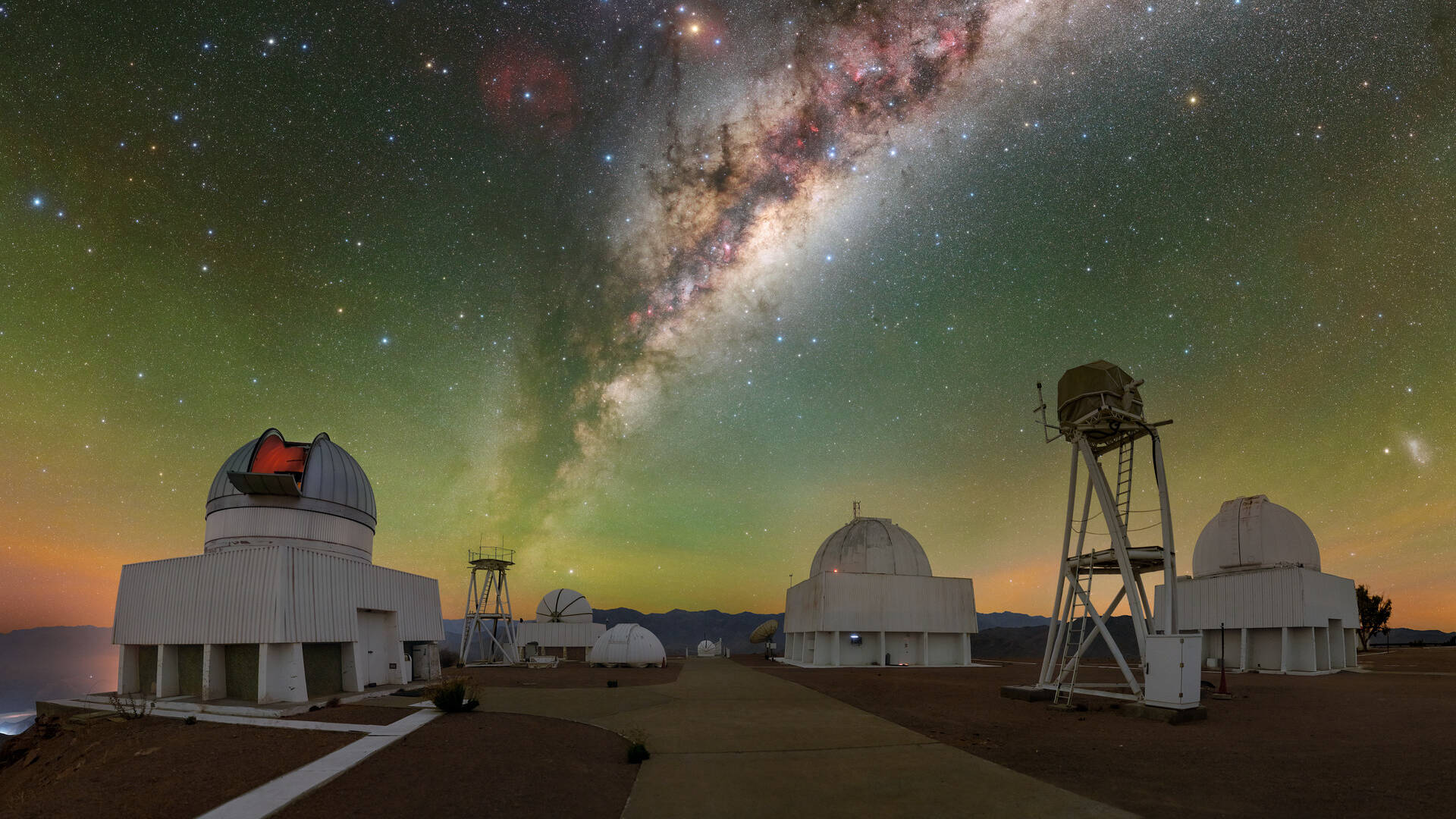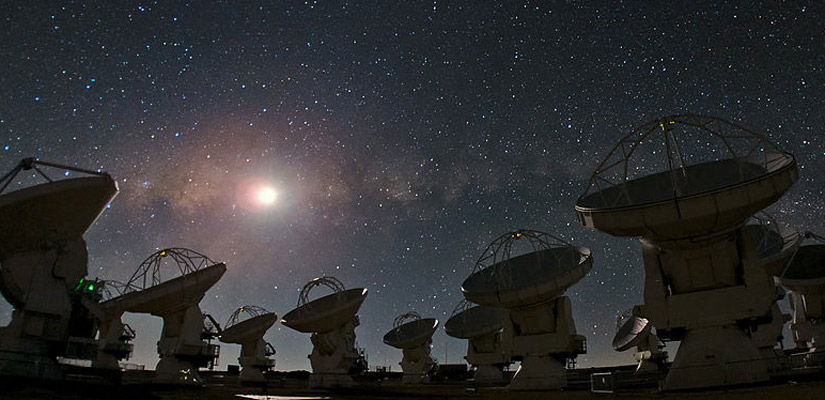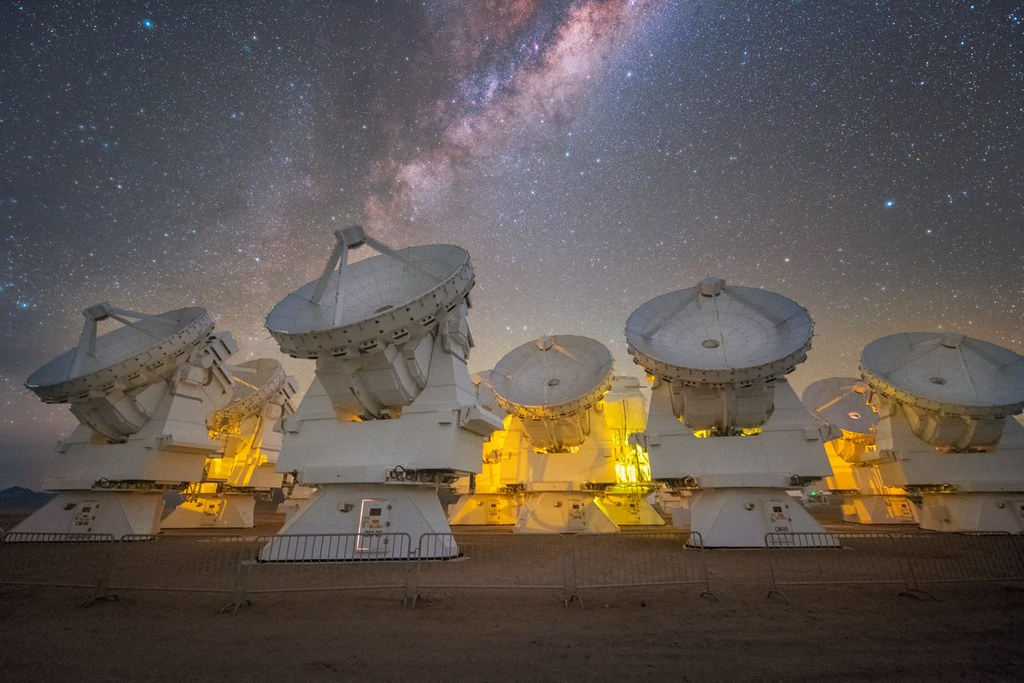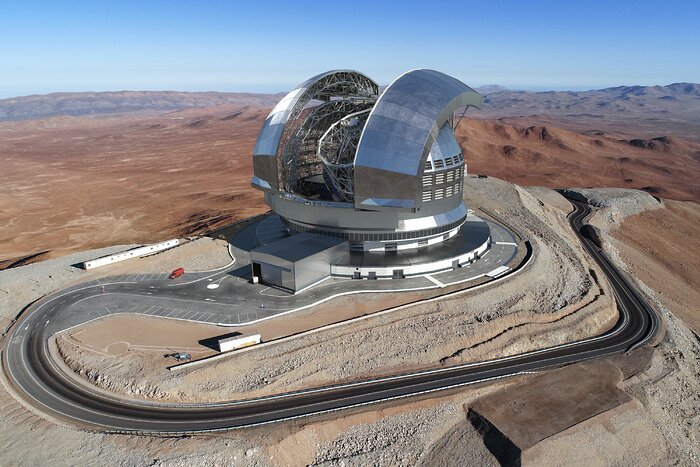Welcome to DU!
The truly grassroots left-of-center political community where regular people, not algorithms, drive the discussions and set the standards.
Join the community:
Create a free account
Support DU (and get rid of ads!):
Become a Star Member
Latest Breaking News
Editorials & Other Articles
General Discussion
The DU Lounge
All Forums
Issue Forums
Culture Forums
Alliance Forums
Region Forums
Support Forums
Help & Search
Latin America
Related: About this forumProtecting the Darkness in Chile's Atacama Desert

Light pollution is threatening the future of astronomy. Can a new nationwide lighting standard make a difference?
Top: A view of the Milky Way from NSF’s NOIRLab Cerro Tololo Inter-American Observatory, located at the edge of Chile’s Atacama Desert. Visual: CTIO/NOIRLab/NSF/AURA/T. Slovinský
BY ALEXA ROBLES-GIL
04.22.2024
GROWING UP in Chile’s Atacama Desert, Paulina Villalobos thought the Milky Way’s presence in the pristine starry skies was a given. Her father, an amateur astronomer, would wake her when a comet crossed the night sky. But Villalobos later moved to Santiago, the capital, to study architecture. There, the stars disappeared amid a haze of city lights. Just like people who come from the coast miss the ocean, she said, “I missed the sky.”
In late March, the Five-Hundred-Meter Aperture Spherical Radio Telescope (FAST) became open to proposals from astronomers outside of China for the first time.
In China, Heavenly Views Amid Earthly Tensions
The extraordinary darkness that sheaths the Atacama, which stretches for hundreds of miles in Chile’s north, has made it a haven for astronomers searching for planets and stars shimmering in the night sky. With its high altitude and clear skies, the region is repeatedly chosen as a site for observatories. According to some estimates, by 2030, Chile will be home to around 70 percent of the world’s astronomical infrastructure.
Yet even here, skyglow from hundreds of miles away can overwhelm the faint light emanating from astronomical objects.Now, a new regulation to darken the night skies.
In October, the Chilean government announced a new National Lighting Standard that will become effective later this year. The updated standards expand restrictions on light luminosity, color, and the hours they can be turned on to protect three major concerns: astronomy, biodiversity, and human health.
According to some estimates, by 2030, Chile will be home to around 70 percent of the world’s astronomical infrastructure. For astronomers, the stakes can feel high. While the Atacama offers a window to answer fundamental questions about the origin of life, that window is at risk of closing in the next 50 years due to increasing light pollution, said Chilean astronomer Guillermo Blanc. Worldwide, the sky is estimated to get brighter by 10 percent on average each year.
The new rule on light pollution in Chile was informed, in part, by a technical advisory committee, which included astronomers and other scientists — Villalobos, who is now an architect and lighting designer, among them. The new regulation, she said, offers “the possibility of recovering the sky.”
SINCE THE 1960S, the Atacama Desert has been an important hub for international astronomy. Today, the region, which boasts more than 300 clear nights per year, hosts some of the world’s most significant observatories, including the internationally funded Atacama Large Millimeter/submillimeter Array and the European Southern Observatory, the latter of which is currently developing the Extremely Large Telescope, set to open in 2028.
NOIRLab, a United States government-funded program, also operates two facilities in the Atacama. The National Science Foundation has invested more than $500 million to build a third facility, the Vera C. Rubin Observatory, which is expected to see first light later in 2025. Yet it too is threatened by light pollution, said Blanc, who works at the Las Campanas Observatory.
More:
https://undark.org/2024/04/22/darkness-in-chile-atacama-desert/




Please click the link below, and consider clicking any of the amazing thumbnails of the incredible telescopes in Chile's Atacama Desert (the driest place on earth) to get bigger views and information on the telescopes already in place, being used by astronomers all over the planet, and the one currently under construction which will be the world's largest optical telescope!
https://tinyurl.com/mrxdcty5
1 replies
 = new reply since forum marked as read
Highlight:
NoneDon't highlight anything
5 newestHighlight 5 most recent replies
= new reply since forum marked as read
Highlight:
NoneDon't highlight anything
5 newestHighlight 5 most recent replies
Protecting the Darkness in Chile's Atacama Desert (Original Post)
Judi Lynn
Apr 2024
OP
Kid Berwyn
(22,507 posts)1. Visited San Pedro de Atacama in 2017...
Amazing skies...

Amazing telescopes...

Amazing eclipse...

Best of all: Amazing people.